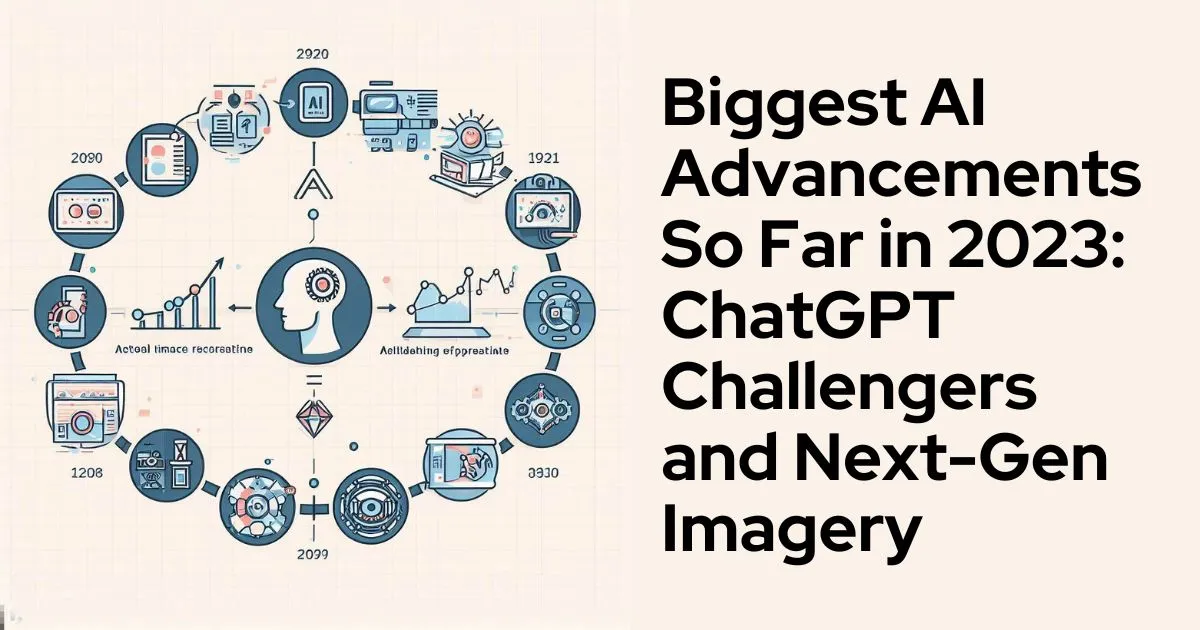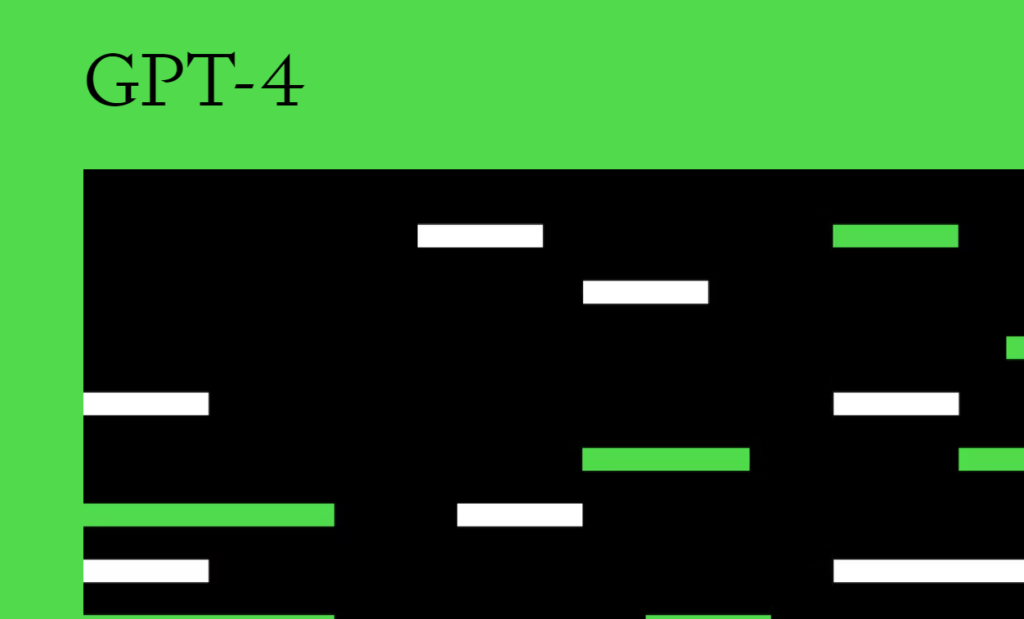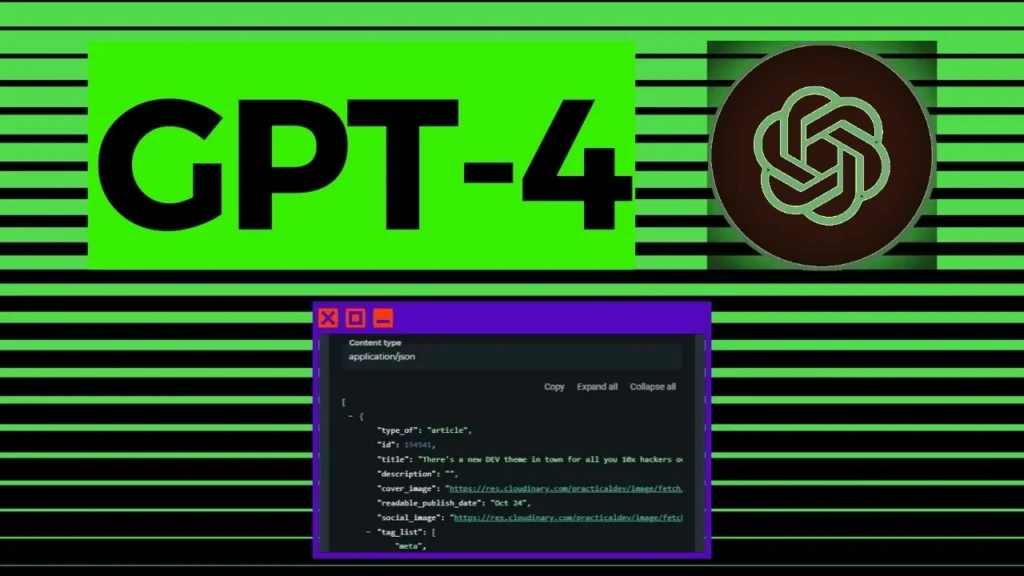Introduction
In today’s post, we’ll be diving into some of the latest updates in the world of AI. New developments are happening constantly in this fast-paced industry, and I want to keep you up-to-date on the most interesting innovations.
Specifically, we’ll be covering major upgrades to AI video and image generation, new features from Midjourney and Stability AI, Google’s integration of AI into its products, and more. Read on for all the details!
Nvidia Enables AI Image Generation with Limited VRAM
First up, Nvidia has created a solution for a common issue that arises when trying to generate AI images at home using Stable Diffusion. Typically, you need a decent amount of VRAM (video memory) on your GPU – at least 4GB but 8GB is preferred.

Even if you don’t have the fastest Nvidia GPU, their new solution allows systems with limited VRAM to utilize regular RAM instead. This makes image generation possible, though slower. It could also allow for larger images on powerful GPUs by combining system and GPU memory.
This development opens up AI image creation to more users by removing the need for expensive high-VRAM graphics cards. It’s an innovative use of available system resources.
Nvidia Uses AI to Design Computer Chips
In another impressive Nvidia update, they are leveraging AI to design computer chips! Their new large language model called ChipNeMo is trained on Nvidia’s internal chip design data.

Engineers believe ChipNeMo can optimize software and assist human designers at each stage of the process, boosting productivity significantly. It demonstrates how even highly complex fields like semiconductor design can benefit from specialized large language models.
As more companies train models on their own data for specific use cases, the applications of AI will continue expanding exponentially.
Midjourney Releases “Style Tuner” Feature
Midjourney’s new Style Tuner gives users control over an AI art style that persists across images. This goes beyond aesthetics, influencing the overall personality and character details of generations.

To use it, type “/tune” and select base styles. Midjourney builds a custom web page to review and select your favorites. You can then apply your tuned style using a code name.
The feature may finally solve the problem of inconsistency that generator users face. Artists can optimize styles for their specific prompts and settings.
Early examples show increased cohesion across images when applying a tuned style. This unique capability helps Midjourney stand out from competitors.
Ideogram AI Generator Gets Upgrade to v0.2

Ideogram AI, known for its free AI image generator, has upgraded to version 0.2. Improvements include:
- Higher overall image quality
- More accurate and natural text rendering
- Realistic fine details
- Faster generation speed
The upgrade brings Ideogram closer to top generators like DALL-E-3 in quality. And it remains completely free to use, unlike DALL-E-3 which has usage limits.
Though not yet at the cutting edge, Ideogram’s improvements are impressive for an underdog generator. It demonstrates the rapid pace of evolution in AI image generation.
Google Integrates AI “Co-Pilot” into Products
Google is leveraging AI across its products through a new “Co-Pilot” system. Integrations so far include:
- Slides – AI helps generate and visualize slide content
- Meet – Takes notes and summarizes meetings
- Docs – Answers questions and summarizes chats
- Sheets – Organizes, manages, and tracks data
Access is currently limited to developers on Google Cloud. But the goal is to bring conversational AI capabilities to users to assist them across Google’s tools.
Microsoft has a similar vision with its AI helper coming to Office 365. It will be interesting to see these tech giants compete in the AI productivity space.
Gen-2 AI Video Generator Gets a Major Upgrade
Gen-2, an AI video generation startup, has released a major quality upgrade. The enhanced versions showcase significantly more consistency, realism, precise movement, and overall fidelity.
When analyzed closely, distortions are visible as motion increases. But the quality is nearing professional grade, especially in close-ups and simple scenes.
Other companies like Pika Labs are also iterating quickly to improve AI video tech. The rapid rate of progress in just the past year has been staggering. We’ve gone from rudimentary to practically usable video generations.
As researchers solve remaining challenges like smoothing motion, AI video will become commonplace. For now, Gen-2 remains at the forefront of quality and innovation.
New AI Video Generator “VisionStory AI” on Discord
A new AI video generator called VisionStory AI has emerged on Discord. It offers completely free generation through the chat interface. Users report quality on par with leading startups, though limited to 3-second clips.
Given most generators carry a cost or limit, VisionStory AI offers an intriguing option for experimentation. However, a rush of users could easily overwhelm its servers.
The project demonstrates how AI research continues expanding outside big tech walls. Vision Story’s open approach allows broader testing and feedback from users.
OpenChat Open-Source AI Model Competes with ChatGPT

OpenChat is a new open-source conversational AI model comparable to ChatGPT. It achieves similar performance on benchmarks while using fewer parameters and resources.
Key stats:
- 7 billion parameters (vs. ChatGPT’s estimated 20 billion)
- Outperforms other models of equivalent size
- 8000 token context size limit (double ChatGPT’s free version)
- Completely free and open-source
Having an open-source alternative reaching ChatGPT-level capabilities is a huge milestone. Anyone can use and build on top of OpenChat. The project proves that expensive proprietary models aren’t the only path forward in AI.
Nightshade “Poison” Gets Antidote
When AI art “poison” Nightshade launched, many predicted AI would quickly adapt. That hypothesis has already proven true. A new project called The Nightshade Antidote detects images modified by the poison.

Nightshade aimed to tag content and stop its use in training generators. But data sets have largely been compiled already. And opt-outs from sites like Stability AI enable artists to exclude their work.
The antidote project shows that technologies like Nightshade face an uphill battle. Adaptation is core to AI – new defenses inevitably emerge against “attacks” like poisoning. This ongoing cycle will likely continue as AI capabilities grow.
Stability AI New Features: Sky Replacement, 3D Generation
Stability AI revealed new offerings including:
- Sky Replacer – Swaps background skies in generated images
- Stable 3D – Creates 3D character models from text prompts
- Fine-tuning – Optimizes models for specific images/styles
- Business APIs – Commercial access to Stable Diffusion
These capabilities bring Stability AI closer to a full-service AI art platform. While the sky and 3D tools are still basic compared to dedicated apps, the integration creates convenience. And business access opens revenue streams beyond consumer subscriptions.
Stability AI’s rapid pace of shipping products and features makes it a leader in the space. Competitors must match innovation velocity to keep up with demand.
Conclusion
As this burst of news shows, progress in AI has not slowed down. Each week brings new developments and excitement from major players and indie projects.
I hope you enjoyed this overview! Let me know which updates you found most interesting. And please subscribe for more regular AI updates and commentary.
The democratization of AI through open-source options is an up-and-coming trend. At the same time, I’m keeping a close eye on big tech’s ambitions. There is certainly no shortage of activity to cover in this space!
Thank you for following along on this AI journey. Let’s see what surprises and innovation next week brings. The future is unfolding rapidly before our eyes.
Read another post on recent AI advancements.



